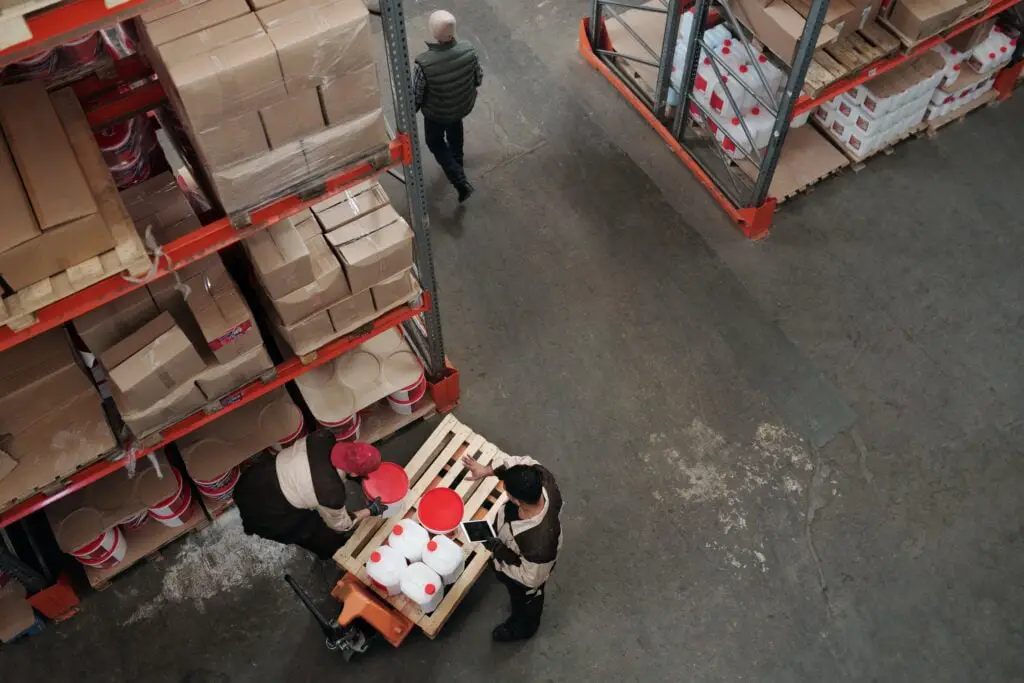
The Rising Prices of Materials in the Philippines: A Complex Challenge
The Philippines, a rapidly developing nation in Southeast Asia, has been grappling with a growing concern over the rising prices of materials. The economy, heavily dependent on construction, manufacturing, and infrastructure development, has felt the impact of these increasing costs.
This article explores the various factors contributing to the soaring prices of materials in the Philippines and their implications for the country’s economic growth and development.
- Supply Chain Disruptions
One of the primary drivers of rising material prices in the Philippines is supply chain disruptions. The COVID-19 pandemic significantly affected global supply chains, causing delays and disruptions in the production and transportation of raw materials.
These disruptions led to shortages and increased demand for materials, driving up prices. In addition to the pandemic, natural disasters like typhoons and earthquakes have also disrupted local supply chains, further exacerbating the problem.
- Fluctuating Oil Prices
The cost of materials is closely tied to oil prices. Many construction materials, including cement, steel, and plastics, rely on oil as a key component in their production.
As global oil prices have fluctuated in recent years, it has had a direct impact on the cost of these materials in the Philippines, contributing to the overall increase in prices.
- High Energy Costs
Energy costs are another significant factor in the rising prices of materials in the Philippines. The country has some of the highest electricity rates in Southeast Asia, making it more expensive for manufacturers to produce materials.
These high energy costs are then passed on to consumers in the form of increased material prices.
- Infrastructure Development
The Philippines is undergoing significant infrastructure development, with projects such as the “Build, Build, Build” program. While these projects are essential for the country’s growth, they have driven up demand for construction materials. This increased demand, coupled with supply chain disruptions, has led to shortages and price hikes for materials like cement, steel, and aggregates.
- International Trade Policies
The Philippines’ trade policies and regulations also play a role in the rising prices of materials. Trade restrictions and tariffs on certain materials can limit the supply and increase costs. Additionally, the global trade environment can impact the Philippines’ access to affordable raw materials.
- Environmental Regulations
Environmental regulations have become more stringent in recent years, which can impact the production and pricing of materials. Manufacturers may need to invest in cleaner and more sustainable production processes, which can increase their operational costs. These increased costs can be passed on to consumers, further driving up material prices.
- Speculation and Hoarding
Speculation and hoarding by businesses and individuals can contribute to material price inflation. When people anticipate future shortages or price increases, they may stockpile materials, which can create artificial scarcity and drive prices even higher.
- Government Policies
Government policies and regulations also impact material prices. Tax policies, import and export regulations, and other government actions can either mitigate or exacerbate the rising material costs. For instance, import restrictions or taxes on imported materials can limit the supply and increase prices.
Implications and Challenges
The rising prices of materials in the Philippines have significant implications for the country’s economy and development:
- Inflation: As material prices continue to rise, they contribute to overall inflation in the country. High inflation can erode the purchasing power of consumers, making it more challenging for them to afford essential goods and services.
- Construction Costs: The construction industry, a key driver of economic growth, has been particularly affected by rising material prices. Higher construction costs can slow down infrastructure projects and limit the development of housing, which is critical for addressing the country’s housing shortage.
- Manufacturing: Manufacturers that rely on these materials face increased production costs, which may lead to decreased competitiveness in both domestic and international markets.
- Economic Growth: The overall economic growth of the Philippines may be hampered by the increasing material prices. Investments in infrastructure, manufacturing, and construction could slow down, potentially impacting job creation and economic development.
Solutions and Recommendations
Addressing the rising prices of materials in the Philippines is a complex challenge that requires a multifaceted approach. Some possible solutions and recommendations include:
- Diversification of Material Sources: Encourage diversification of material sources to reduce reliance on a single supplier or region, helping to mitigate supply chain disruptions.
- Investment in Renewable Energy: Reduce energy costs through investments in renewable energy sources, which can help lower manufacturing expenses and, in turn, material prices.
- Streamlined Regulations: Review and simplify regulations that impact the manufacturing and construction industries, making it easier for businesses to operate.
- Strategic Stockpiling: Create strategic stockpiles of critical materials to mitigate the impact of hoarding and speculation during times of crisis.
- International Trade Agreements: Negotiate favorable trade agreements to ensure a stable supply of materials at competitive prices.
- Sustainable Practices: Encourage businesses to adopt sustainable and environmentally friendly manufacturing processes, which can lead to cost savings in the long term.
- Monitoring and Enforcement: Monitor and enforce fair market practices to prevent price gouging and artificial inflation.
Conclusion
The rising prices of materials in the Philippines pose a multifaceted challenge to the country’s economic growth and development. Supply chain disruptions, fluctuating oil prices, high energy costs, infrastructure development, and government policies all contribute to this issue.
Addressing these challenges requires a coordinated effort involving the government, businesses, and the international community to ensure that the Philippines can continue its path to sustainable and inclusive development.
To see other material construction prices, please see here.
To know other construction guides, tips, and methodology for beginners, veterans, and contractors, please see here.
